"The SK principle is respect for fellow human beings cast in a procedure."
Dr. Erich Visotschnig – inventor of the SK principle
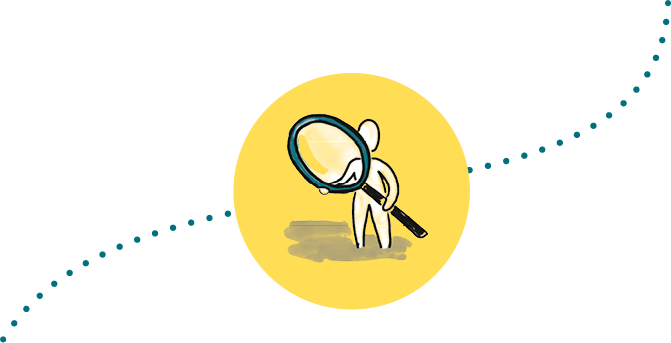
These are the usual problems:
Here we show you the common problems with the group decision-making procedures that have been common up to now. Systemic consensus offers solutions to these problems that you can learn from us.
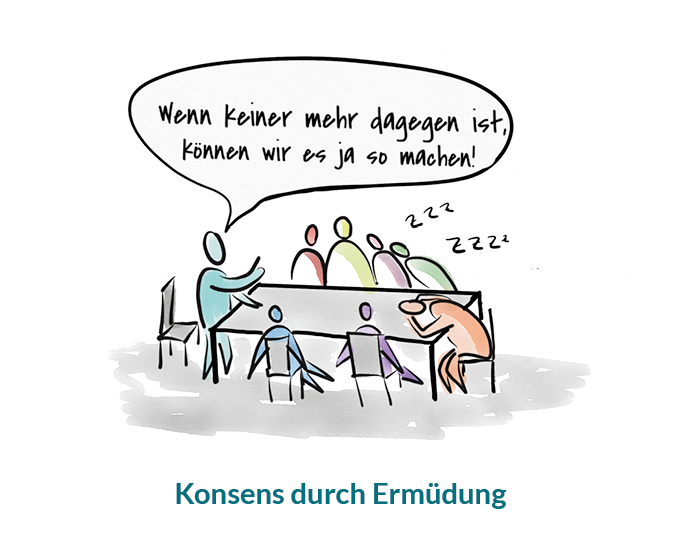
This process is frustrating and contributes to the bad image of group decisions. The willingness to engage in a discussion in the future decreases. "Consensus" through fatigue, but actually decision through resignation.
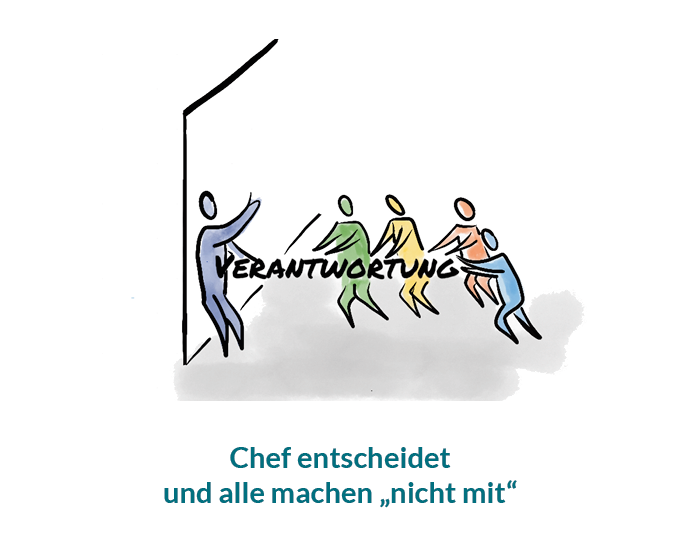
The problems that often arise here: The boss usually bears the responsibility alone. Individuals from the group evade implementation, also because the boss decision is often not the best decision for the group.
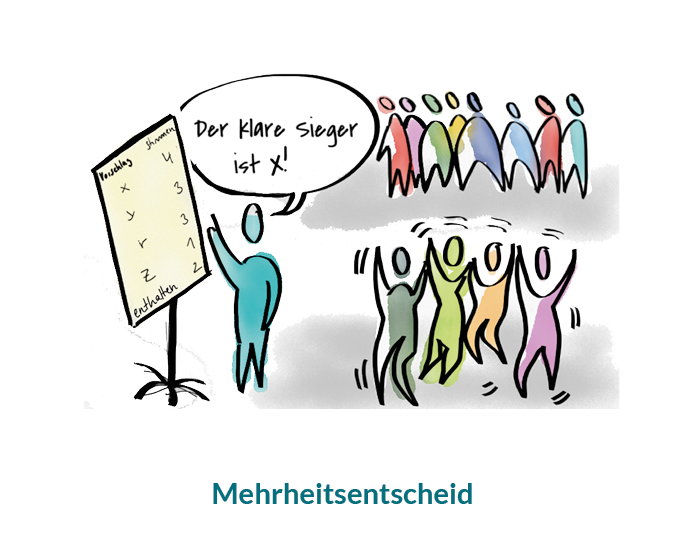
If this happens more often , there are fighting votes and the formation of camps. The losers resign or block the implementation. The group is losing a lot of potential.
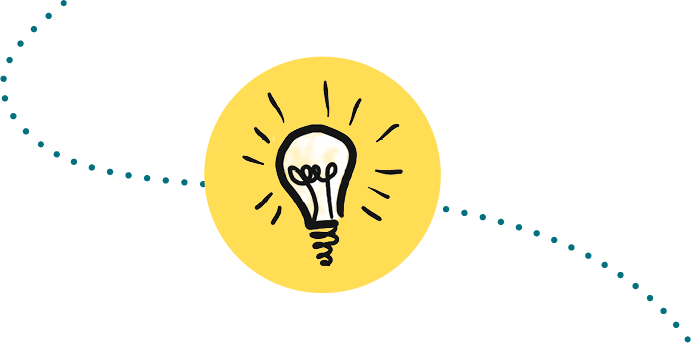
Making decisions: sustainable, efficient and participatory.
If people want to make a difference together or work together on projects, they have to decide something non-stop. "Are we going to work longer today to get everything done?" "Which provider do we choose now?" "How do we deal with it when individuals do not stick to agreements?"
Whether it's the procedure, agenda items or structure – as long as everyone agrees, there are few problems. When the topics become more explosive, the number of options increases, the group becomes larger or conflicts suddenly arise, it becomes more difficult to find a common solution.
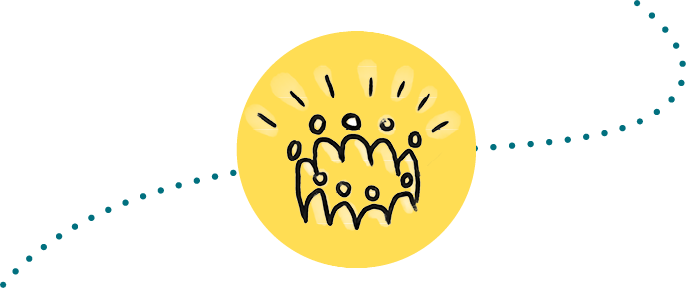
Systemic consensus offers new ways to find a viable solution
Three good reasons for the SK principle: Decisions with systemic consensus (the SK principle®) are fast. They also generate a high level of satisfaction in the group. Above all, solutions are found that are supported by all parties involved.
The positive consequences: The potential for conflict and thus the consequential costs of a decision are significantly reduced.
The trail: To get as close to the consensus as possible without the pressure of having to reach it.
![]() The method is based on a simple principle: The dissatisfaction in the group is minimized by giving space to the objections instead of courting approval for this or that proposal. Behind this is the insight that the rejection of certain proposals results from unconsidered concerns or concerns.
The method is based on a simple principle: The dissatisfaction in the group is minimized by giving space to the objections instead of courting approval for this or that proposal. Behind this is the insight that the rejection of certain proposals results from unconsidered concerns or concerns.
Summarized: The less rejection a decision generates, the more concerns it considers and the higher the group's acceptance of this proposal. According to the SK principle, the group is looking for the option with the least rejection.

We don't vote anymore for our Desired solution, but award resistance points for each individual option.
- 0 means: "Zero problem", no objections, I don't see any problems if we do it this way.
- 10 means: "That doesn't work for me at all". It is the highest expression of resistance.
- Between 9 and 1, the values are assigned according to personal assessment of one's own concerns.
Now you add up the result of the resistance points for each proposal and get a ranking of the proposals from the currently most viable (lowest score) to the most conflict-prone (highest score).
The group can now decide to adopt and implement the consensus solution, i.e. the proposal that comes closest to the consensus. Or it uses the result as a mood picture to efficiently improve the proposals.
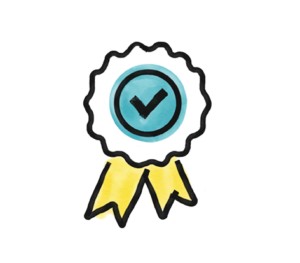 With the method, groups find solutions that come as close as possible to a consensus, but without the pressure of having to reach it. This makes decisions more viable, there are no more winners and losers and we as a group remain capable of acting!
With the method, groups find solutions that come as close as possible to a consensus, but without the pressure of having to reach it. This makes decisions more viable, there are no more winners and losers and we as a group remain capable of acting!
- Systemic consensus automatically leads to a change in behavior in the entire group: instead of fighting against each other, there is cooperation in the search for solutions.
- The method can not only deal with a wide range of proposed solutions, it even promotes the innovation potential of a group.
- Heterogeneous opinions can be heard and taken into account.
- The cohesion of the group and the willingness to implement decisions made together are strengthened.
Sustainability, assumption of responsibility, participation, diversity, efficiency: these keywords are becoming a living culture.
Systemic Consensus
Illustrated by examples

Co-Housing
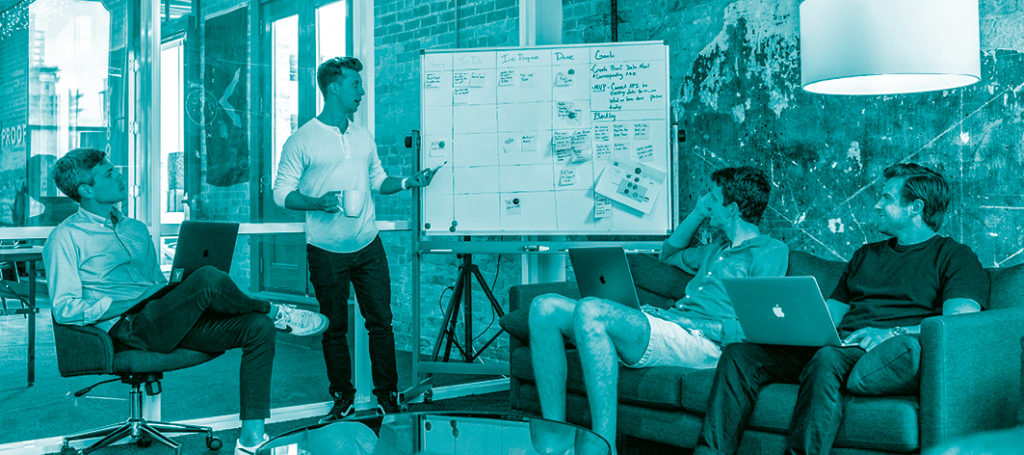
Association Communications

Company restructuring
FAQ: The most frequently asked questions about the method
For groups of all kinds, from family to friends, from clique to coworker, from kindergarten group to graduating class...
- Teams
- Associations
- Steering Circles
- Citizens' assemblies
Wherever we want to make a decision and it makes sense for my fellow human beings to support, accept and/or implement this decision.
As with majority voting, the method theoretically has no limitation. In contrast to the majority decision, the procedure copes very well with many proposals.
We say that the SK principle begins to unfold its potential for effect from a group of three people and two proposals.
Special case: With the help of the Inner Team method, systemic consensus helps a single person to solve a dilemma.
The more people we want to share in the decision, the more we have to think: How do we want to reach them and inform them about the facts? How can they express their concerns and concerns efficiently and how can they collect their evaluations in a meaningful way?
These are the questions that every participatory decision-making process must ask itself.
If systemic consensus had a veto, it would be a de facto consensus procedure and not a consensus-oriented procedure. A veto can block a decision-making process and thus hinder the group's progress .
That is why systemic consensus does not use it. The omission of the blocking option has some positive side effects, which would go too far to explain here. Since resistance instead of support is decisive for the decision, unacceptable proposals can still be averted.
More on this: 6 reasons against a veto (PDF)
When it comes to groups, it is not so important that individuals are particularly happy because they get their desired solution. Rather, it is important that the group as a whole is satisfied and moves forward strengthened as a group.
Unfortunately, satisfaction or acceptance cannot be queried directly, but only through the measurable absence of dissatisfaction. And all decision-making procedures in the pro-vote range sooner or later lead to strategic voting behavior, two-valued decisions (A or B) and produce winners and losers.
So we measure the resistance of each and every individual in order to find out the acceptance and declare this to be the decisive factor.
Shedding light on advocacy and desires may nevertheless be an instructive step in decision-making processes, because it can enrich the exchange and create understanding for each other.
Positive energy arises there,
- where apparent opponents and adversaries become allies.
- where people feel heard and understood, because their resistance is not ignored, but taken seriously and illuminated/explored.
- where decision-making processes are participatory and fair and in the end everything went very miraculously fast.
Promoting one's own project or being happy about a good idea can be given its rightful place in many places in the SK decision-making process. If the group wants to.
Even then, consensus can be reached. You will no longer be forced to choose between "either" and "or", but you will be asked to indicate your rating in the form of resistance points for both options. This enables you to take a more differentiated position. The group's decision is based on the sum of the resistance points of all participants for the two options. Because usually "either" or "or" has more acceptance in the group.
Ideally, exactly where the group wants them to be!
Exchange in the group makes sense so that everyone has an accurate picture of the situation. In the moderation processes, for example in in-depth consensus, there is room for
- Factual information on the topic
- Exchange on individual concerns and worries
- as well as the assessment of possible advantages and disadvantages of the individual proposals.
However, this happens at different points in the process. This increases the chance that people will listen to each other and no longer have to talk to each other.
We have made the experience that in the long term there are fewer and fewer discussions the more a group has internalized this approach. If there is a need for further discussion, however, the process can be adapted at any time by making a proposal and asking the objection question. The exciting question remains: Is the discussion the product way for us to exchange ideas with each other?
Making a viable decision according to the SK principle can take five seconds or several months.
Depending on how important and sustainable the decision is, we should take enough time to do justice to the situation. But it is always true that the decision-making process takes as long as the decision-makers want it to take. Ideally, the duration of the decision, the group's time resources and the relevance of the decision are a good match.
There is the case that consensus takes longer because the group has to seriously deal with more options. Longer than if we only ask the question: A or B? It is not the decision that is complicated, but the reality is complex. We can now do it much more justice.
Experience shows that time can be saved significantly in two areas: Before the decision is made, fruitless endless discussions are eliminated. After the decision, there is no or little unnoticed potential for conflict that delays the implementation of the project.
We haven't found any so far. At least none that do not apply to every other group decision-making procedure.
Systemic consensus has its limits: One is, for example, that the principle cannot work if decision-makers have unchangeable mandates and are not allowed to accept creative solutions to the left and right of their desired solution.
It has the difficulty that we have to rethink. But this is the case with all new processes that do the opposite of what we are used to. This unlearning process takes time and it may sometimes take a little longer for the SK principle to unfold its full potential in groups. Nevertheless, an incorrectly consensus decision is usually a more viable one than a majority decision.
And: If you do what you have always done, you will get what you have always got!

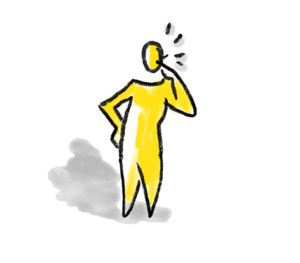 When people learn about systemic consensus, they become curious and want to know more. We have collected and answered the most frequently asked questions about the procedure and the mode of operation of the SK principle
When people learn about systemic consensus, they become curious and want to know more. We have collected and answered the most frequently asked questions about the procedure and the mode of operation of the SK principle